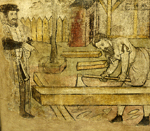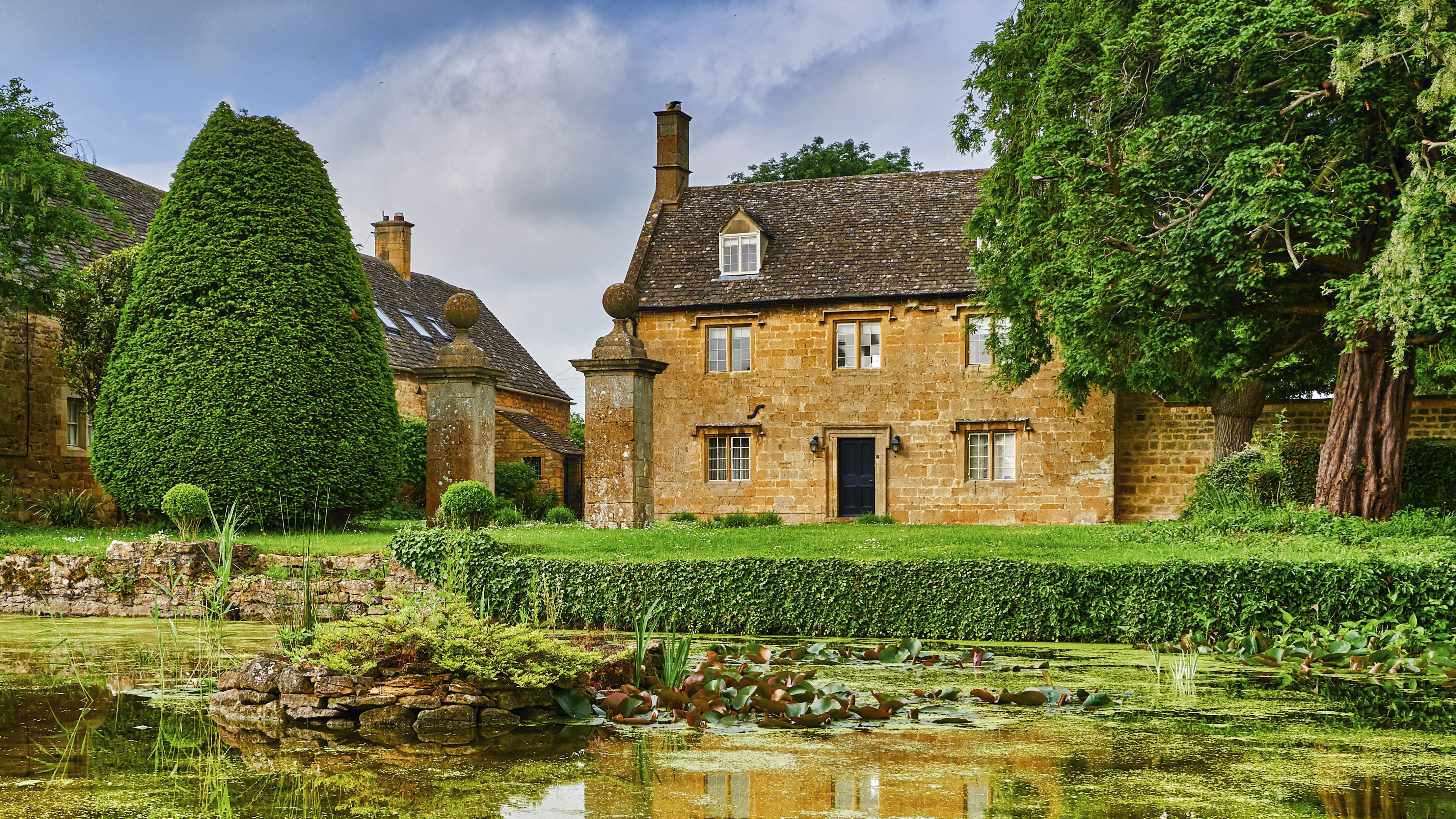Great British Architects: John Abel of Sarnesfield 1577-1674
John Abel was one of the talented carpenter-builders who shaped our towns and villages, but most of whose names have disappeared


John Abel lies buried near the porch of Sarnesfield church in Herefordshire. He was a carpenter. In this land of black-and-white villages, that meant more than it would today. He was born in the year Francis Drake set out to circumnavigate the world, and he died 97 years later. Abel's century was a period of change for English architecture, when brick and stone began to replace timber-frame buildings in many regions.
Not so in the Welsh Marches. What is unusual about Abel is that we know his name, as well as something of his life and activity; he is included in this series of great architects as a representative of many other carpenter-builders whose names have disappeared, but who have, collectively, shaped our towns and villages. The English tradition of carpentry from the 1180s onwards was perhaps the most innovatory in Europe.
Little is known of John Abel's early life. His first known commission, in 1613, was to rebuild the roof of the church at Vowchurch, which was threatening to push out the walls. It is probably fanciful to think that he designed the old town hall at Hereford, its façade of no fewer than eight gables appearing to float fantastically above the ground on wooden pillars-he would have been 19 when the first known reference was made to it in 1596. But he did build the old town hall at Brecon, as well as a market hall and a grammar school at Kington.
The Hereford, Brecon and Kington buildings have all been demolished, but the market hall at Leominster survives, albeit on a different site. Like the Hereford town hall, the ground floor was left open for market stalls; although the four-gabled roofline was simplified when the building was re-erected as a private house, Grange Court, in 1859, we can still enjoy the rich carving of heads and torsos, often in the form of corbels. The English and Latin inscriptions run around the frieze: Abel seems to have enjoyed showing off his erudition. The bell in the cupola sounded the curfew.
In 1633, Abel was recommended to the 1st Viscount Scudamore as a suitable man to convert the ruins of Dore Abbey, hitherto neglected, into a parish church. It allowed him to create a complete Laudian interior. Abel himself seems to have adhered to the old religion, being hauled before a Church court in 1618, on the grounds that his marriage was conducted in secret. The case was eventually dismissed, but his name can nevertheless be found on a list of Catholic recusants of 1640.
During the Civil War, Abel sided, not surprisingly, with the king, and his skill was of some use to the cause. When a Parliamentarian force was besieging Hereford in 1645, he found himself inside the city, where he was able to design and build hand-mills to replace the gunpowder mill that the Round-heads had burnt down. Without them, the defenders would have had no ammunition.
Scudamore wrote to Lord Digby, praising Abel as ‘an excellent carpenter, the only man in all the country to make mills'. The siege was lifted, and for Abel's services, Charles I awarded him the title of King's Carpenter. He later designed a kind of wooden tank, a sow, with the hope of capturing Canon Frome castle, but, when the device was being dragged into position by oxen, it was surprised by Parliamentarian raiders, whose ‘shout of triumph made the valleys ring'.
Exquisite houses, the beauty of Nature, and how to get the most from your life, straight to your inbox.
The fact that Abel can be identified by name has encouraged some writers to ascribe almost any timber-framed building in the Welsh Marches to him. However, very little of Abel's output is documented. Allowing for this, and without wishing to overstate his productivity, we must imagine that he contributed significantly to local market towns and villages.
The black-and-white village of Weobley is only a few miles from Sarnesfield, where Abel was born and died; we cannot be certain that he worked there, but it seems not unreasonable to think that he did.
Country Life is unlike any other magazine: the only glossy weekly on the newsstand and the only magazine that has been guest-edited by His Majesty The King not once, but twice. It is a celebration of modern rural life and all its diverse joys and pleasures — that was first published in Queen Victoria's Diamond Jubilee year. Our eclectic mixture of witty and informative content — from the most up-to-date property news and commentary and a coveted glimpse inside some of the UK's best houses and gardens, to gardening, the arts and interior design, written by experts in their field — still cannot be found in print or online, anywhere else.
-
 ‘Calf’s brains have a bland, gentle richness that soothes and cossets': Tom Parker Bowles on the joys of eating offal
‘Calf’s brains have a bland, gentle richness that soothes and cossets': Tom Parker Bowles on the joys of eating offalEating offal it is more sinned against than sinning, but it offers the ultimate in magnificent, fully immersive eating.
-
 The wave of downsizing about to hit the property market in the UK
The wave of downsizing about to hit the property market in the UKThe Chancellor of the Exchequer's Budget — and specifically the 'Mansion Tax' — has fired a starting pistol for downsizers, and the waves will wash across the entire property market. Annabel Dixon spoke to property experts across the country to gauge how it will play out.
